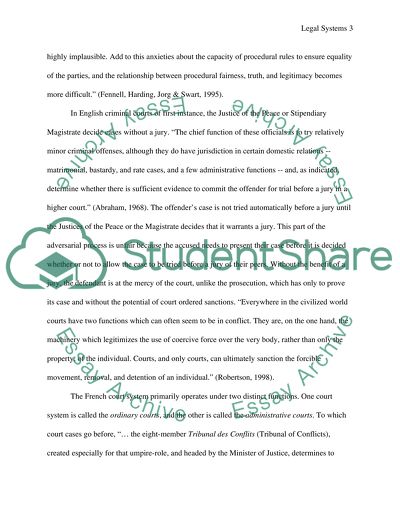Cite this document
(“The Adversarial Justice System Essay Example | Topics and Well Written Essays - 3000 words”, n.d.)
The Adversarial Justice System Essay Example | Topics and Well Written Essays - 3000 words. Retrieved from https://studentshare.org/law/1527045-the-adversarial-justice-system
The Adversarial Justice System Essay Example | Topics and Well Written Essays - 3000 words. Retrieved from https://studentshare.org/law/1527045-the-adversarial-justice-system
(The Adversarial Justice System Essay Example | Topics and Well Written Essays - 3000 Words)
The Adversarial Justice System Essay Example | Topics and Well Written Essays - 3000 Words. https://studentshare.org/law/1527045-the-adversarial-justice-system.
The Adversarial Justice System Essay Example | Topics and Well Written Essays - 3000 Words. https://studentshare.org/law/1527045-the-adversarial-justice-system.
“The Adversarial Justice System Essay Example | Topics and Well Written Essays - 3000 Words”, n.d. https://studentshare.org/law/1527045-the-adversarial-justice-system.


